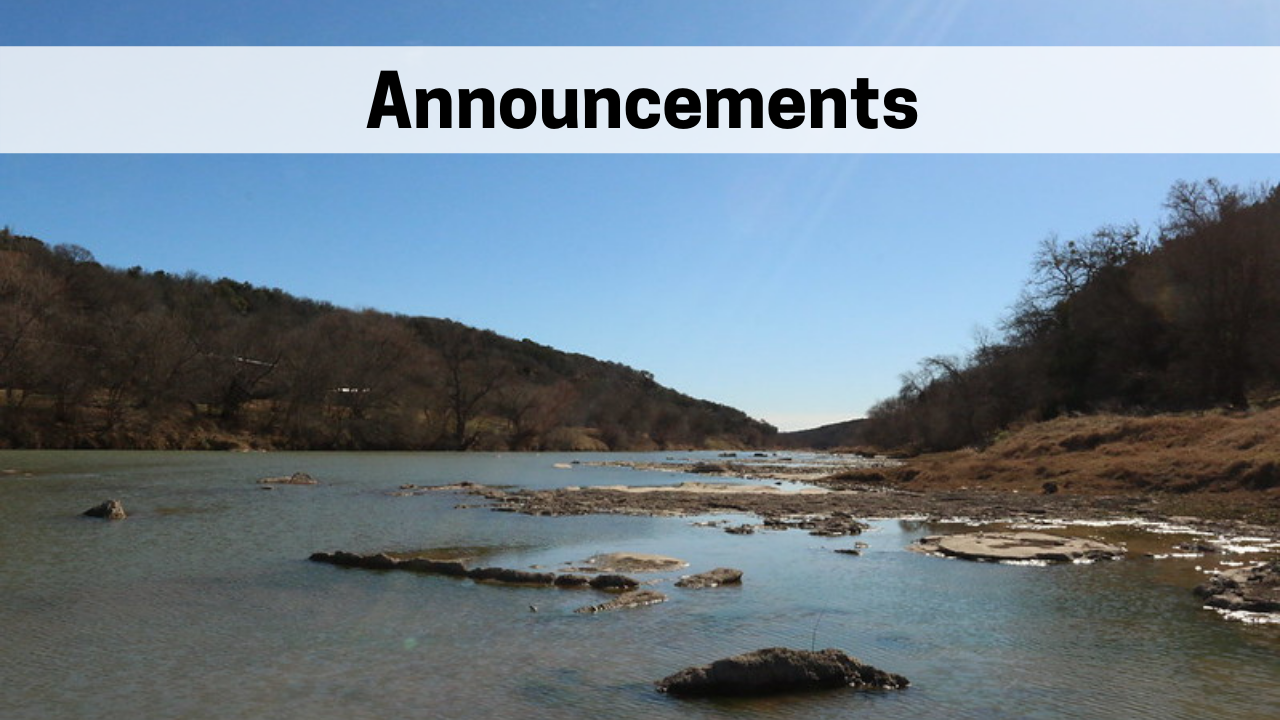Colorado Parks and Wildlife invites anglers to learn about proposed fishery management changes at Shadow Mountain Reservoir in Grand Lake. Learn more here.
The book, “Biological responses to stream nutrients: a synthesis of science from experimental forests and ranges”, was recently published by the US Forest Service, and is now available for download, free of charge here. This book draws together, for the first time, current science from 17 experimental forests nationwide to make it readily available to the water quality regulatory community. Of particular importance to Colorado, this book summarizes the rich collection of headwater stream studies on this important topic at Fraser Experimental Forest (chapter 9), in the Colorado Front Range, and the Glacier Lakes Ecosystem Experiments Site (chapter 10) in the Wyoming Snowy Range, which are useful especially as well-documented, reference reaches for addressing water quality issues in the Rocky Mountains ecoregion.
View American River's Story Map for an interactive and in-depth introduction to the people and way of life of San Luis Valley, and the Valley's deep and enduring roots to the water of the Rio Grande.
An easy-to-understand primer about agriculture! Get up to speed on the basic facts about land and water resources related to irrigated agriculture in the Colorado River Basin. View the fact sheet.
Irrigated agriculture in West faces an uncertain future. The Babbitt Center spotlights two communities that have distinct approaches to keeping their agriculture roots and economy intact. Watch the video.
Every ten years NOAA updates the 30-year average they use to represent the "new normals" of the changing climate. That update happened last year and this is the first winter we are using those new averages to assess snowpack levels. Every decade has been getting warmer than the last and those new normals might give us an "inflated sense of confidence" as stated by RFC's director of science and policy, Heather Lewin. Listen to the rest of the story to hear how others are observing changes in our climate.


